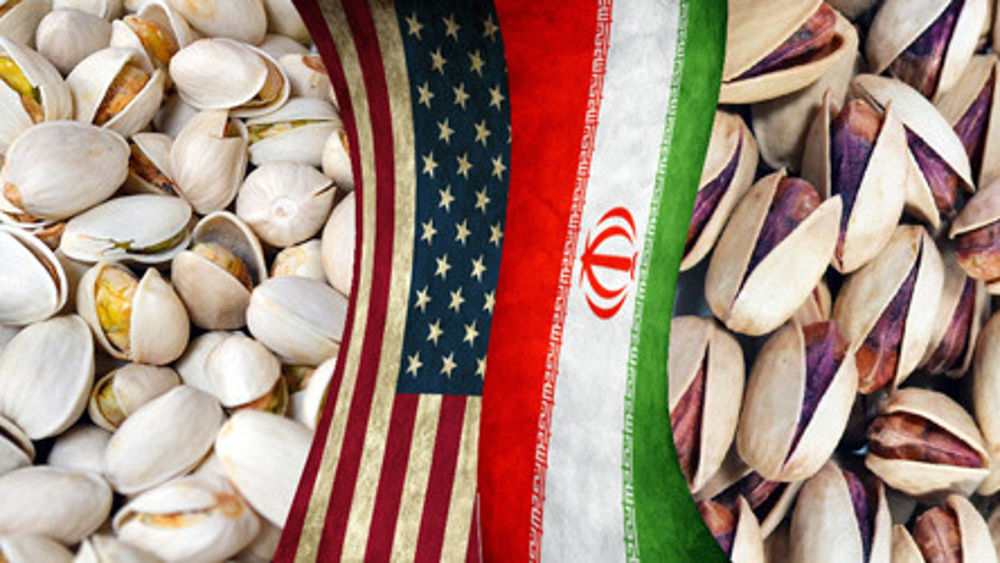



Iran's economy continues to show resilience despite ongoing sanctions and economic hardships. A notable highlight is the country's pistachio production, which has risen to nearly 300,000 metric tons in 2024, marking a 15% increase from the previous two years. Iran boasts the largest area for pistachio cultivation globally, covering 360,000 hectares [9746b3ef]. This growth comes as Iranian pistachios are recognized for their unique taste and quality, often preferred over their American counterparts, which are said to lack the same flavor [9746b3ef]. Each kilogram of Iranian pistachios retails for approximately $7, compared to $5 for American varieties, with half of Iran's harvest consumed domestically [9746b3ef].
In 2023, Iran produced 200,000 metric tons of pistachios, exporting around 120,000 tons valued between $900 million and $1 billion. The Kerman province is a significant contributor, accounting for 45-50% of the country's pistachio production [9746b3ef]. However, Iran's share of the global pistachio market has decreased from 80% in 2000 to 50% in 2022, with the US, Iran, and Turkey now producing 88% of the world's pistachios [9746b3ef]. Despite these challenges, future growth in Iran's pistachio market is anticipated due to increasing global demand and potential improvements in infrastructure [9746b3ef].
On a broader scale, Iran's economy has managed to double its size in recent years, despite facing severe international sanctions. The IMF projects that Iran's GDP will surpass that of the US by 2024, with national income expected to grow 12.1% between 2022 and 2024 [c853113a]. Oil exports have also surged, with crude exports in March averaging 1.61 million barrels per day, double the average during Donald Trump's presidency [c853113a].
However, the Iranian populace continues to grapple with high inflation and unemployment, particularly among the youth. Protests over food inflation and the weakening national currency persist, highlighting the ongoing economic struggles [2aa88435]. The government has recently re-authorized the import of previously banned luxury goods, indicating a shift in policy as Iran navigates its economic challenges [8974a755].
The pistachio sector exemplifies Iran's potential for growth even amid adversity, with the country poised to capitalize on its agricultural strengths while addressing broader economic issues. As the global demand for quality pistachios increases, Iran's unique offerings may help bolster its economy further [9746b3ef].